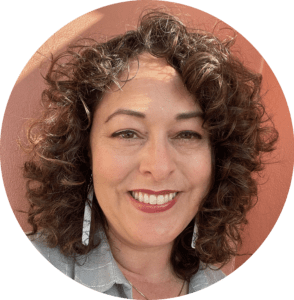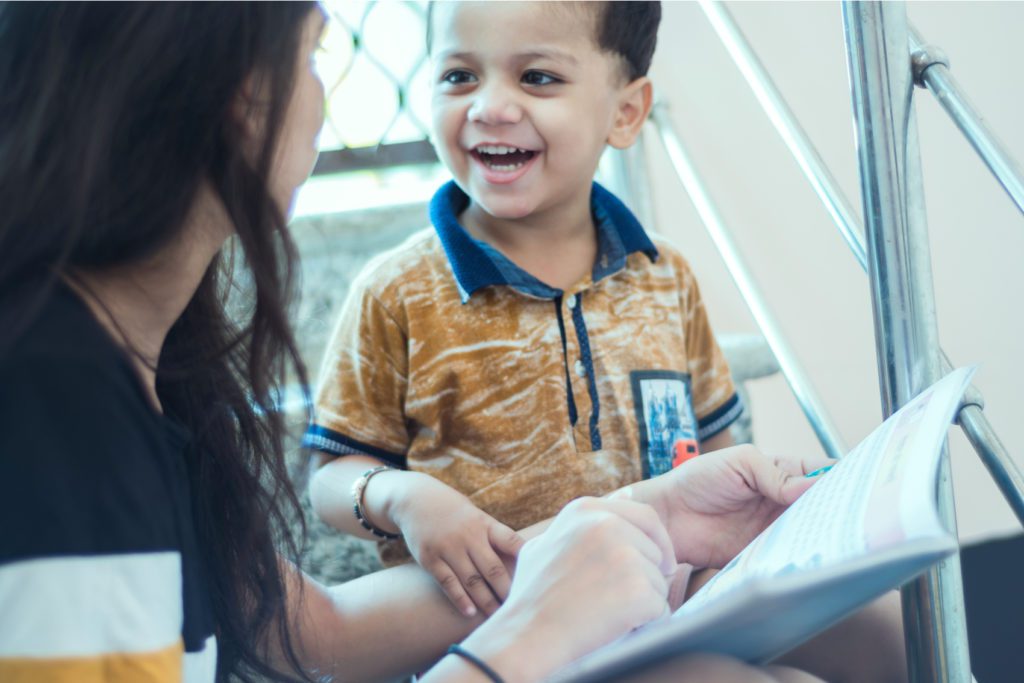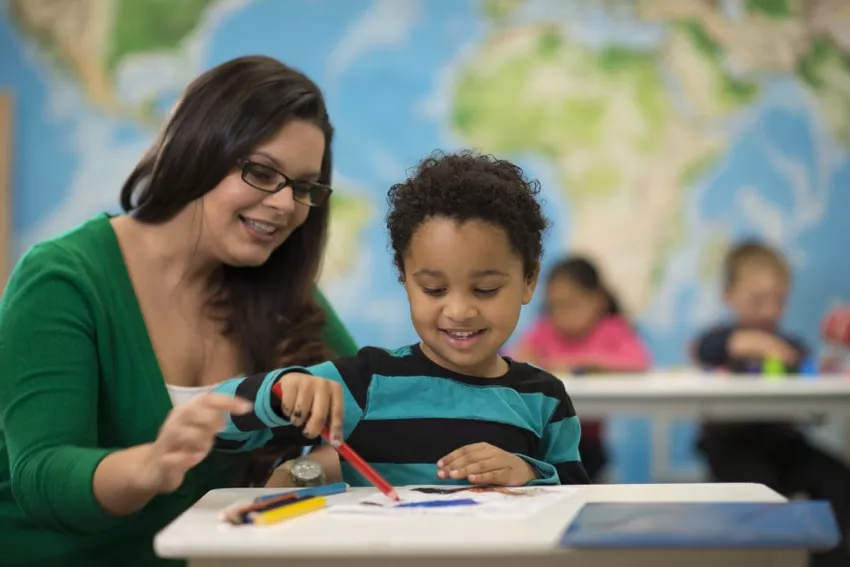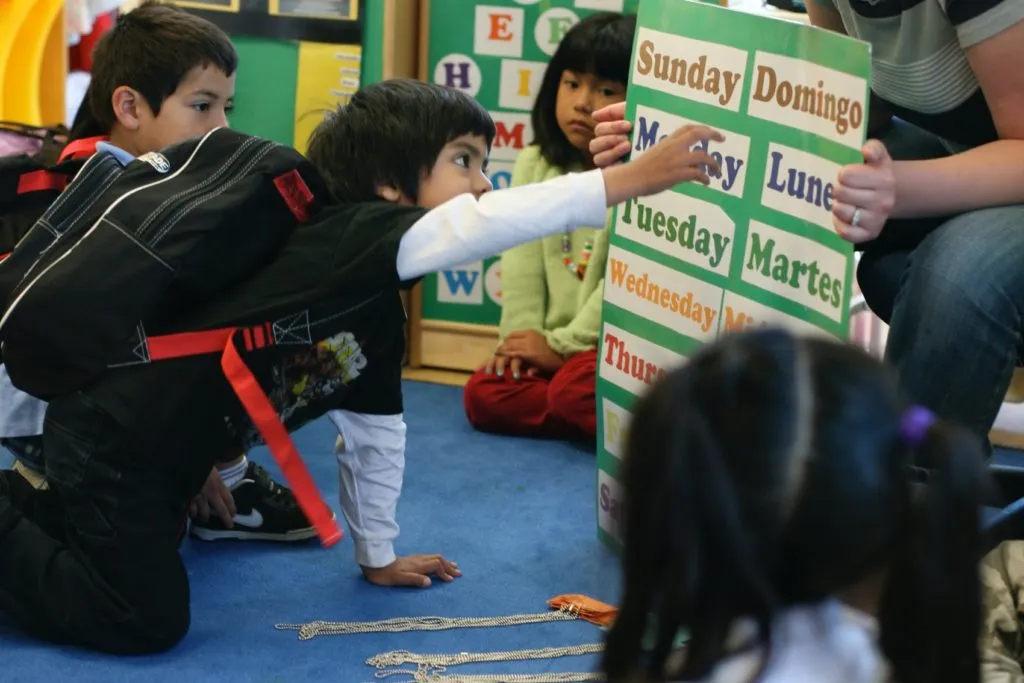Observation Strategies to Support Individualized Instruction


Note: This blog post is the second part of a two-part blog series. To read Part 1, click here.
Previously, we discussed the Home Language Survey and how it can help early education professionals to identify English Language Learners (ELLs) in the preschool classroom. We explained how knowing the language(s) that are spoken by children and their families can help programs with staffing decisions, and inform teachers as they plan how to individualize instruction for each child. As we know, the ability to meaningfully individualize instruction requires preschool teachers and assistants to be aware of each child’s needs and preferences.
The power of observation
“Rajesh” was four years old when he started pre-kindergarten in my friend’s home-based child care center. He was the only child who spoke Hindi in the program. My friend, “Mina” welcomed him warmly, speaking slowly and clearly. For the first few days, Rajesh stood nearby as other children played, watching cautiously. His parents spoke a bit of English at home, but this was the first time he was exposed to an entirely English-speaking environment. Over time, he began to join in play, copying the other children during songs and movement activities. He slowly started to use a few words to express his needs and ideas. During discussions about familiar books and stories, Mina noticed Rajesh’s furrowed brow and tense body language. As an English-language learner herself (Mina moved to the United States from South America when she was a child), Mina suspected that Rajesh was feeling frustrated that he didn’t have the fluency in English to share the extent of his thoughts and feelings about the story. One afternoon, Mina used gestures to ask Rajesh to tell her about the story they had read earlier in the day using his first language. The quiet, seemingly frustrated child Mina had seen before revealed that he was a natural storyteller! In his dominant language, Hindi, he was excited and animated. He used different voices, gestures, and sound effects to create the “mood” of the story. She recorded Rajesh and played the audio recording to Rajesh’s mother. She beamed as she listened, pausing the recording to translate what Rajesh was saying. The language, literacy, and cognitive skills Rajesh was able to demonstrate in Hindi were far beyond what Mina had observed when he used English.
Many English-speaking teachers find themselves in similar situations as Mina, asking themselves, “How can I truly capture what this child knows if I don’t know what they’re saying?” First, let’s back up and think about the teacher’s roles in a classroom with English-language learners.
A “language model”
For teachers of English-language learners, it is particularly important to see oneself as a “language model.” When speaking and “modeling” English language and literacy, teachers should be especially mindful about using standard and correct grammar and pronunciation. The same consideration should be taken for first-language “models.” Though it is always ideal to provide children with consistent language “models” in the classroom to demonstrate and support language and literacy development in their first language(s), it is not always possible because of limited program resources and the multitude of languages spoken in diverse preschool classrooms.
When children are exposed to consistent, high-quality language models, they can learn a second language and demonstrate as much fluency in it as they do in their first language. If your role in a bilingual classroom is to be the “English-language model” you need to be aware of how you speak. You might notice children respond better when you speak slower than usual and over-enunciate your words. I’ve often seen English-speaking teachers get excited about learning or practicing their second language with the children in their class. This communicates to children that you are also a learner and value their first language expertise. However, be careful to maintain your position as the “English-language model.” Some English-speaking teachers end up spending most of their day speaking the children’s first language, which limits the children’s exposure to English. It might be tempting to practice your Somali, Spanish, or Arabic with the children, but keep in mind that the majority of your day should be dedicated to modeling English pronunciation, grammar, and syntax.
Partnering with first-language speakers
When teachers don’t speak the child’s first language, like in Mina’s case, it’s even more important to partner with family members or other trained volunteers who speak the child’s first language to gather observation-based assessment information on preschoolers’ knowledge, skills, and abilities.
Capturing assessment information
Though volunteers, families, and other staff can help collect observation notes, it’s important to stress that teachers are ultimately responsible for ensuring that there is adequate assessment information, making final assessment decisions, and confirming that the evaluation data is accurate.
Some ideas on how to do this include:
- Have English-speaking teachers focus observation and documentation efforts on the language-free objectives that do not require children to comprehend or produce English to demonstrate what they can do or what they know.
For example, you can observe how a child “Follows limits and expectations” (Objective 1b) when a child begins cleaning up in response to a musical cue. - Many GOLD objectives and dimensions are language-neutral, particularly the physical (and some cognitive and mathematics) objectives, allowing you to observe a fairly wide range of children’s knowledge, skills, and abilities.
- Invite and train other staff, family members, or adult community volunteers to observe and collect information on language-dependent objectives and dimensions. These language-dependent objectives and dimensions include the language objectives (8–10) and literacy objectives (15–19).
- Train volunteers on the specific objectives for development and learning that you’d like them to observe for and collect documentation on, and provide clear expectations on the type of documentation you prefer. Explain the importance of objective observation notes and the inclusion of quotations, if possible.
- Establish a schedule for volunteers to visit classrooms on a regular basis so that teachers can have consistent language support, and so that volunteers are not being exhausted or monopolized by one classroom.
- Invite volunteers to lead language and literacy activities such as songs, read-alouds, and games in the child’s first language (Mega Minutos are a great resource for children whose first language is Spanish.) Encourage English-speaking teachers to participate in learning experiences and invite them to learn a few basic words and phrases to use with children throughout the day.
- Use audio and/or video recordings to document children’s knowledge, skills and abilities on language-dependent objectives. Invite trained volunteers to listen to and/or view the recordings, and to provide you with documentation information (the new Teaching Strategies Teacher and GOLD Documentation apps are handy tools for this).
- Consider inviting families to create a SmartTeach account so that they can add notes, photos, and videos to their child’s online portfolio. Keep in mind that families do not have the ability to assign levels to the documentation they share.
- Look for additional financial support. Some programs have even been awarded grants to fund part-time interpreters or translators to support the ongoing assessment of the knowledge, skills and abilities of English-language learners in the classroom.
Spanish-language objectives
For children whose first language is Spanish, the Spanish-language version of language and literacy objectives in SmartTeach and GOLD help teachers track preschool children’s language and literacy development in Spanish. Teachers frequently ask whether they are supposed to assess children whose first language is Spanish using either the English or Spanish language and literacy objectives, or using both the English and the Spanish language and literacy objectives. Each program should decide the answer to this based on whether they have staff available to observe and assess on both the English and Spanish language and literacy objectives in their preschool classrooms.
When abilities differ between languages
Another frequently asked question involves assessing children when their English-language skills are different than their first-language skills. For instance, if a child is able to count to 10 in English, but can count to 30 in her first language, how should this be assessed? First, it’s important to note that this example assumes that the teacher understands the child’s first language enough to know that the child accurately counted to 30. This highlights the importance of having support to gather this type of documentation information. For objectives that are not related to language and literacy, it is ideal to assess children’s skills by documenting their knowledge and skills when they respond in their preferred language. So, in the example above, it would be appropriate to assess the child’s ability to count to 30, because you are assessing her ability to count.
Create opportunities for first-language expression
Using these strategies can help you learn more about each child’s knowledge, skills, and abilities. For example, though Rajesh is quiet during discussions in English, he can tell elaborate stories and use expressive vocabulary in Hindi. You can support his interests by offering him opportunities to use his language skills in Hindi, while also creating opportunities for him to practice using English to express himself.
As you can see, assessing the skills and knowledge of English-language learners requires a great deal of thought, planning, and intentionality. I encourage teachers and administrators to work together and carefully consider how to best support teachers to provide accurate and objective assessments of English-language learners in early childhood education classrooms.
Have a good day!
¡Tenga un buen día!
Aapaka din shubh ho
आपका दिन शुभ हो
Understand Each Child’s Needs
Drive differentiated, effective instruction with GOLD. Inform instruction without disruption by embedding authentic, observation-based assessment into each part of your day.


